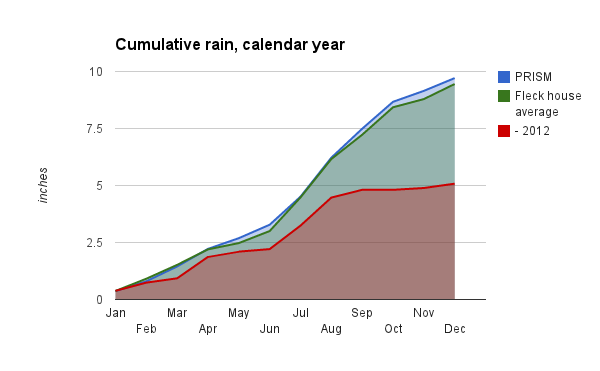Riding my bike this morning, I came across a man with a hawk.
I stopped to ask. (How many times do you see a man out taking his hawk for a walk?)
It was a Harris’s hawk, bred in captivity, a native of the southern deserts a little far north of its normal range. He was taking it out to hunt rabbits.

Albuquerque’s plumbing
Albuquerque’s northeast heights, which make up the bulk of the city’s populated land area, is a largely post-World War II sprawl of housing developments and strip malls that spreads down a gentle slope from the Sandia Mountains toward the Rio Grande.
Before we interceded in the construction of a city here, the gentle desert plain was cut through with arroyos that carried runoff, mostly from summer rains, to the river. As we built a city, our flood control managers converted many of these arroyos to concrete flood control channels. But a few were left unpaved, and our hawk-walker was following the bike trail on the edge of one such arroyo.
His hawk chased some rabbits, the man told me, but with no success. He wasn’t that hungry, so wasn’t trying that hard. The hawk was impassive as we talked. He’d grown up around humans and was comfortable with us, the hawk man explained. Wild Harris’s hawks are rare in the Albuquerque area. There were two reported sightings on Sandia Pueblo, north of town, in 2011, and a few reports at the Bosque del Apache National Wildlife Refuge south of Albuquerque, but the bird is primarily a resident of the Chihuahuan Desert, to our south.
But there are native hawks in the flood control system. The hawk man pointed to a clump of trees to our west, and told me a pair of Cooper’s hawks were nesting there. They don’t bother his Harris’s hawk at this time of year, the man said, but will chase him away come spring when their children need the rabbits.
So here you have layers of nature threaded through the city – a flood control system taking over an old natural arroyo, but leaving enough unpaved for an ecosystem to develop that can support rabbits and Cooper’s hawks. And a human with his Harris’s hawk as well.
Plumbing as nature.



